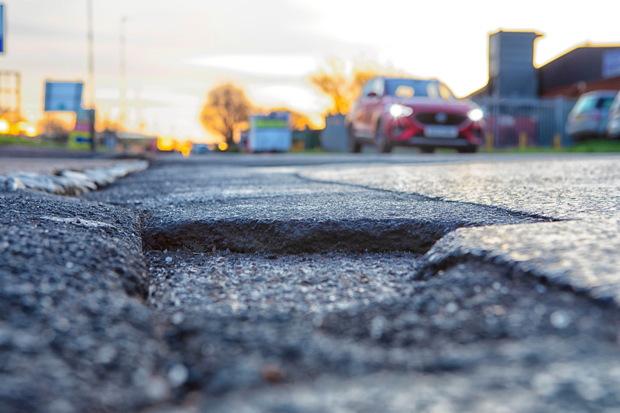Question of the week: Can I claim from my local council for damage caused by a pothole?

Dear Honest John,
"In February this year I submitted a claim for pothole damage to my front nearside run flat tyre on my BMW 3 Series Touring. The replacement cost was £202 and was the third front near side tyre damage and replacement in 18 months.
I therefore decided it was about time to submit a compensation claim to my local authority. They finally replied to me this week stating: 'The records show that last statutory inspection of this section of the road took place on the 18th February 2025 at which time no defects meeting the Council's investigatory levels were
identified at the location of your accident.
Upon checking our records, I can confirm that the Council did not receive any complaints about the defect subject to your claim prior to your accident. It therefore seems that the defect subject to your claim developed after the inspection on the 18th February and the Council was unaware of this at the time of your accident.'
It seems a very timely coincidence that they should say this, particularly as the damage caused to my tyre occurred on the 26th Feb. In fact, the potholes are still there and have not been identified ( white ring marked) by the Council.
The Council is obviously inundated with these type of complaints, and under severe financial pressure.
Do you think I have grounds to appeal and if so, how best to go about it? I do have car insurance legal protection, but I have since changed insurers and I suspect they will say they weren’t proving cover in February."
- AET
Dear AET,
It is possible to take your complaint with the council further, but it can be an involved process. Assuming that the council's communications were genuine and the road was inspected on 18th February it could be argued that the time between the inspection and your incident was insufficient for the council to be notified and repair the damage.
However, local councils need to follow a national code of practice which you can review here - https://ukrlg.ciht.org.uk/ukrlg-home/code-of-practice/ - although it should be pointed out that these are a set of guidelines and each council is responsible for setting their own standards.
To take this further you will need to submit a Freedom Of Information request to the council, asking for a copy of their road maintenance policy that covers the road in question as well as a copy of the road repair history for that road including safety inspections covering a period before and after the incident, how they were carried out, a list of defects and how these defects were dealt with. The council has 20 days to respond according to the guidelines although they may ask for more time.
Once you have this information it is a matter of going through it carefully and cross referencing it with the national guidelines, with the aim of building a case to demonstrate that the council either fell short of the required standards or were negligent in terms of how inspections were carried out or in the nature of the repairs.
The fact that the potholes are still there several months later may suggest you have grounds for an appeal. To make the claim you will need to write a letter that outlines your claim, the costs of the repairs, how and why the council were negligent and failed to meet the required standards. Be polite but firm, and including photos, dates and times as well as invoices for repair work.
It is a lot of effort to go through and there is also the moral element to debate over whether compensation claims reduce council's budgets still further for road maintenance against the cost to your own pocket, but even if this appeal is unsuccessful you have the option to go to small claims court.

